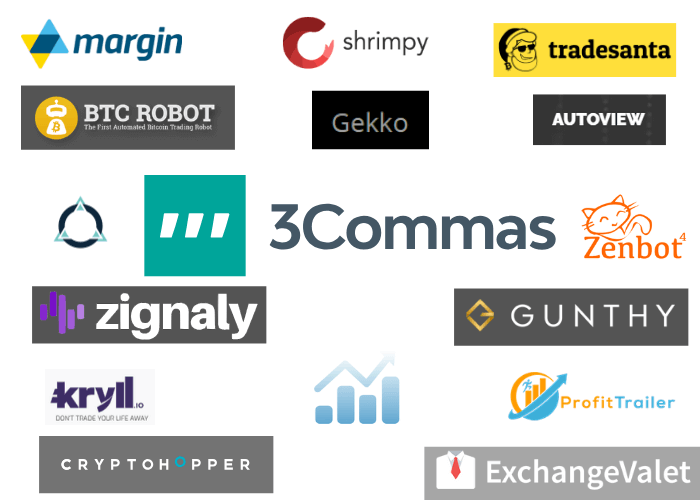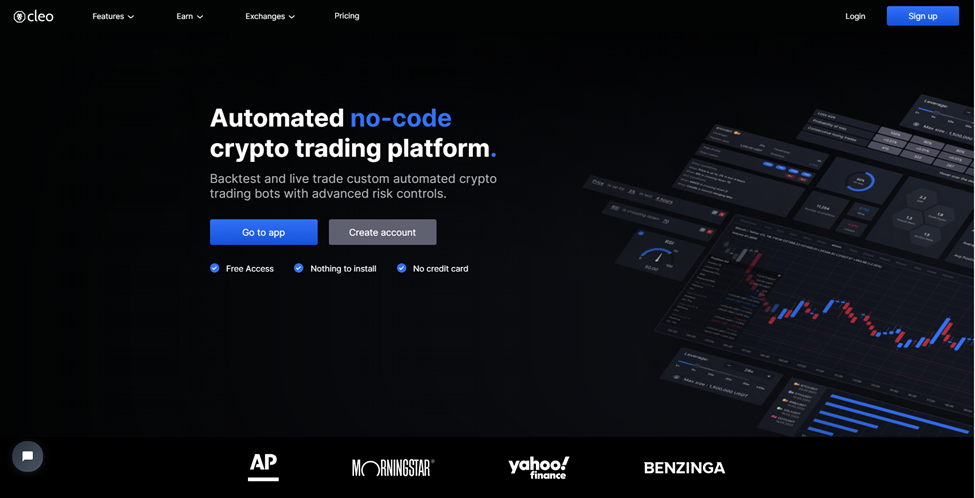Top Suggestions For Deciding On Crypto Backtesting
Why Backtest On Multiple Timeframes To Verify Your Strategy's Robustness?Because different timeframes have distinct perspectives and prices, backtesting is essential to ensure that a trade plan is dependable. Testing strategies using various timeframes can aid traders in gaining a better comprehension of how they perform under various markets. This will enable them to assess if the strategy is consistent and reliable over time. For example, a method that performs well on a daily timeframe might not be as effective when tested on a longer timeframe like a monthly or weekly. Testing the strategy backwards will help traders spot inconsistencies in their strategy and adjust it if needed. Backtesting across multiple timeframes has another benefit: it helps traders identify the most suitable time frame to implement their strategy. Backtesting with different timeframes could be beneficial for traders who have different trading habits. This helps them determine the best time frame for their strategy. Backtesting with multiple timeframes allows traders to gain a deeper comprehension of the strategy's performance and lets them make better informed decisions regarding consistency and reliability. Have a look at the most popular indicators for day trading for site info including trading platforms, best forex trading platform, forex backtesting software, are crypto trading bots profitable, stop loss, how to backtest a trading strategy, stop loss meaning, backtester, trading with indicators, cryptocurrency trading bot and more.

Backtesting With Multiple Timeframes Is A Quick Method To Calculate.
While backtesting over multiple timeframes is more efficient in computation, it can also be just as quick to backtest within the same time frame. Backtesting on multiple timeframes serves two purposes: to test the effectiveness of the strategy, and also to confirm that it's consistent across various times and market conditions. Backtesting multiple timeframes means that you test the same strategy in different timeframes, for example, daily, weekly, or monthly. Following that you review the outcomes. This method will give traders an overall view of the strategy's performance, and also help identify any potential flaws or inconsistencies within the strategy. However, it's important to remember that testing back on different timeframes could increase the complexity and time requirements of the process of backtesting. Backtesting across multiple timeframes can increase the complexity and time required for computation. Therefore, traders need to carefully weigh the trade-off between potential benefits and the extra time and computational cost. Backtesting on multiple timesframes is a choice that traders need to consider the potential benefits as well as the additional computational time and complexity. View the recommended crypto futures trading for website info including emotional trading, forex backtesting software, best backtesting software, backtesting trading, forex trading, best crypto indicators, trading algorithms, automated crypto trading, cryptocurrency backtesting platform, position sizing and more.

What Are The Backtest Considerations Regarding Strategy Type, Element And The Number Of Trades
Backtesting a trading system requires that you consider the strategy type, its elements, and the amount of trades. These variables will affect the results of backtesting and must be taken into consideration when evaluating the strategy's effectiveness. Strategy Type- Different trading strategies such as mean-reversion or trend-following have different market assumptions and behavior. It is essential to comprehend the specific type of strategy that is being tested to select historical market data sets that are suitable for the strategy type.
Strategies Elements- The components of the strategy, like the rules for entry and exit, position sizing, and risk management each have a major impact on the outcome of the backtesting procedure. When assessing the strategy's effectiveness, it is important to be aware of all elements and make adjustments if necessary to ensure that the strategy remains reliable and secure.
Number of Trades-The number of trades used in backtesting could also have an impact on the outcomes. While a larger amount of trades will give an overall view of the strategy's performance it may also increase the computational load of backtesting. While backtesting can be quicker and easier with fewer trades results may not reflect the strategy's actual performance.
In conclusion, when backtesting a trading strategy, it's crucial to take into consideration the type of strategy as well as the strategies elements as well as the amount of trades to obtain precise and reliable results. When considering these aspects traders will be better able to judge the strategy's effectiveness and make informed decision about the reliability of the strategy. Read the recommended backtesting trading strategies for blog examples including free crypto trading bots, backtesting trading strategies, crypto backtesting, algo trading platform, best trading bot for binance, best automated crypto trading bot, crypto futures, free trading bot, trading divergences, stop loss and more.

What Are The Main Criteria In Relation To The Equity Curve Performance, Performance, And The Number Of Trades
Backtesting is a method for traders to evaluate the performance of a trading system. They may utilize a variety of factors to determine whether it is successful or fails. These criteria could include the equity curve as well as performance indicators. The amount of trades can be used to determine whether the strategy is working or not. Equity Curve- The equity curve illustrates how a trading account has grown over the course of time. It gives information on the overall performance and trend of the strategy's trading strategies. If an equity curve shows consistent growth over time and low drawdowns, then the strategy might pass this criterion.
Performance Metrics: Aside of the equity curve, traders can consider other performance indicators when evaluating trading strategies. The most widely utilized metrics include the profit factor (or Sharpe ratio) and maximum drawdown. average duration of trading as well as the maximum drawdown. If the strategy's performance metrics are within acceptable limits and provide consistent and reliable results over the backtesting period the strategy may meet the test.
The number of tradesThe amount of trades completed during the backtesting process can also be an important consideration in evaluating the performance of a strategy. The strategy could meet this criterion if it generates enough trades during the backtesting time in order to provide a more comprehensive view of the strategies' performance. But, it's crucial to keep in mind that a large amount of trades does not always prove that a strategy has been effective, since other aspects like the quality of the trades are also to be considered.
In conclusion, when evaluating the performance of a trading plan through backtesting, you must take into consideration the equity curve, performance metrics, and the number of trades in order to make informed choices about the strength and the reliability of the method. These criteria help traders assess the effectiveness of their strategies and then make changes to improve their performance.